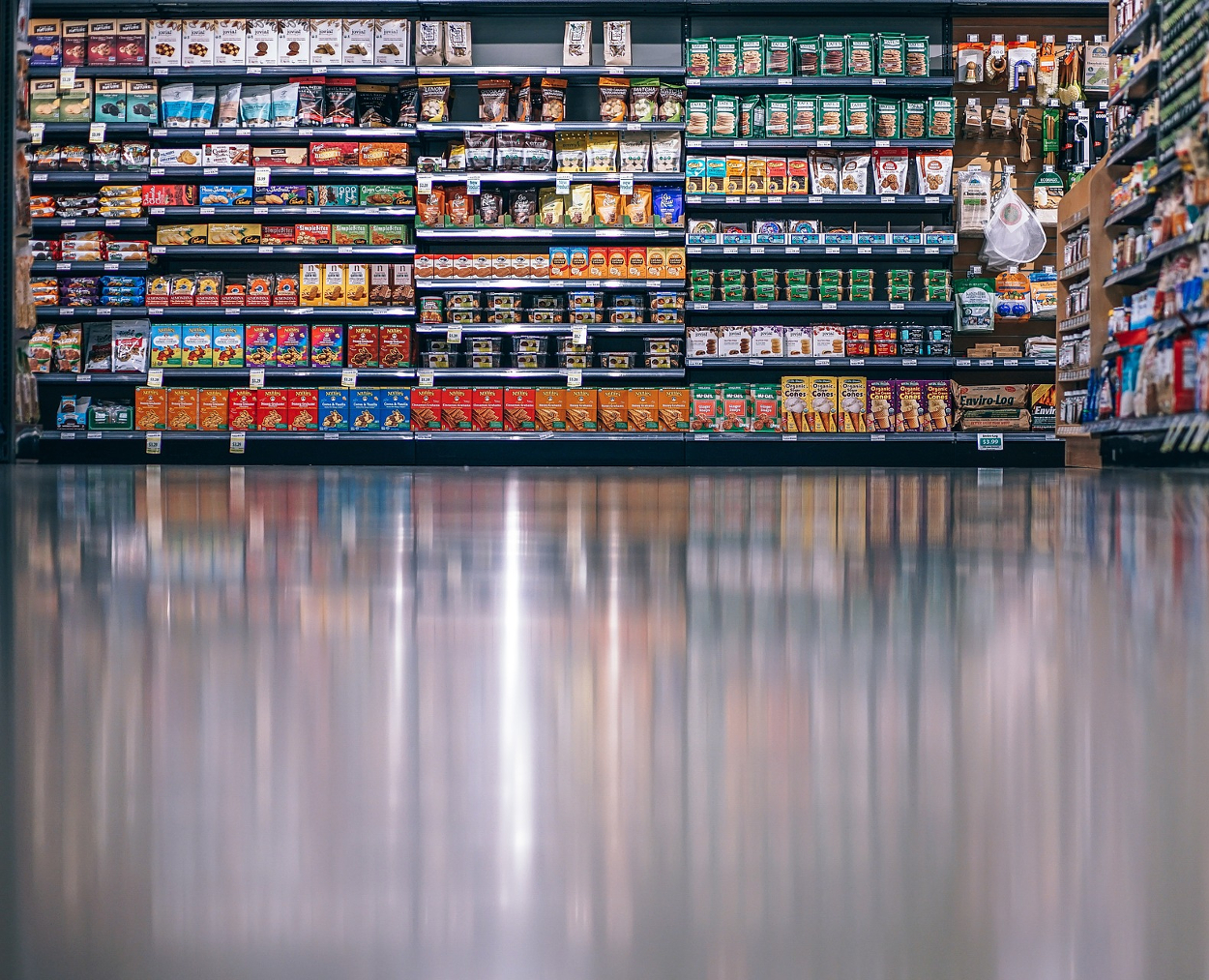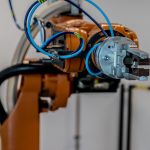AI lends a hand to help large retailers win back their customers
Large retailers are in search of tools to help them improve the buying experience in their stores and compete more effectively with online shopping. From intelligent guidance for customers in overcrowded supermarkets to optimized selection of the products on the shelves, researchers Marin Lujak and Arnaud Doniec from IMT Lille Douai and Jacky Montmain from IMT Mines Alès are using artificial intelligence to offer a customized experience to clients.
This article is part of our dossier “Far from fantasy: the AI technologies which really affect us.”
It’s late Saturday morning and Mrs. Little enters her usual supermarket, eyes fixed on her watch. In front of her, the aisles are overrun with shopping carts overflowing with all different types of products. She plunges into the crowd, weaving her way between the shoppers and dodging the promotional displays which block the middle of the aisles. Somehow, she manages to pick up two packs of water before fighting her way back to the other end of the store to get some dog food. As her cart becomes heavier, it becomes more difficult to maneuver. She leaves it at the end of the aisle and then wanders around the store, shopping list in hand, in search of cream, but without success.
Mrs. Little’s story is the story of every shopper who endures the ordeal of the supermarket every week. Today, consumers want to save time when they are shopping. The large retail industry is increasingly in competition with online businesses, and stores are focusing all their efforts on keeping their customers. What if one of the solutions was an intelligent consumer guidance system? “We could create an app which would automatically calculate the best possible route around the store, based on a customer’s shopping list, to reduce the amount of time that someone has to spend shopping,” suggest Marin Lujak and Arnaud Doniec, experts in artificial intelligence at IMT Lille-Douai.
Optimizing the route in a crowded supermarket
To provide guidance to customers in real time, the two researchers have devised a multi-agent system. This approach consists in developing distributed artificial intelligence which is made up of several small intelligent devices, called agents, that are distributed throughout the store and interact with each other. A collective intelligence then emerges from the sum of all these interactions.
In this architecture, fixed agents, in the form of proximity sensors or cameras that are linked to the store network, evaluate the density of customers per square meter in the aisles. Other agents installed on the customers’ smart phones use the client’s shopping list, the location of the items, and the current congestion levels to calculate the itinerary for the shortest overall journey around the store. If an aisle is congested, information is sent to the app, which then guides the customer towards another part of the store and makes them return to that aisle later. At the moment, this model is purely theoretical and must be developed to be applied to real cases. For example, product-related constraints could be added: starting with the heaviest or bulkiest products, for example, and finishing with the frozen food, etc.
Large retailers are showing a growing interest in the buying experience of their clients. However, even though this solution could improve the buying experience of a customer who is in a rush, it would also mean that the client would spend less time in the store. So, why would a store manager want to invest in this tool? For Marin Lujak and Arnaud Doniec, it’s a question of balance. “Each company can take ownership of the tool and include things such as alerts for promotional offers etc. We can also imagine that companies will be able to make the most of the app by guiding the client towards certain aisles according to their centers of interest.”
Proposing the right product to the right client
Spending less time in a store is good, but it’s even better if the customer finds all the products that they need. Another way to keep consumers is to get to know and adapt to their needs. Since 2010, a researcher at IMT Mines Alès, Jacky Montmain, has been collaborating with the company TRF Retail to develop supervision and diagnostic tools for product performance. “The tool is interesting for large retailers as it allows them to track the performance of a product, or a family of products, in an entire network of stores. It allows them to make comparisons and understand where a product is being sold or not, and why,” explains Montmain. The store manager is then free to adjust the range of products that they offer on their shelves according to this data.
When shops look at their clients, they look at the revenue they bring in before anything else. But how can you identify and distinguish what people are buying in an intelligent manner when a supermarket has between 100,000 and 150,000 products on sale? Jacky Montmain and PhD student Jocelyn Poncelet answer this question by establishing a product classification system. This tree structure classification is made up of five levels: the product, family of products, department, sub-category and category. For example, a fruit yogurt is part of the yogurt family in the fresh products department and the sub-category of dairy products, which itself is in the category of food. “By providing this intelligent breakdown, we can determine the consumption habits of customers and then compare them with each other. If we settle for comparing the customer till receipts, then a fruit yogurt will be as different from a natural yogurt as it is from a laundry detergent,” explains Jocelyn Poncelet.
Customer segmentation has proven its worth thanks to a field experiment conducted in 2 stores (a small shop and another which specializes in DIY). In time, the product classification, and therefore the algorithm for identifying buying habits, should be integrated into the product performance evaluation tool mentioned above. The aim is better stock management for large retailers, and optimized sourcing from suppliers. Finally, this classification will help to strike a balance between the best range of products offered by each store and the real needs of the customers who come there.
Article written for I’MTech by Anaïs Culot.





Leave a Reply
Want to join the discussion?Feel free to contribute!